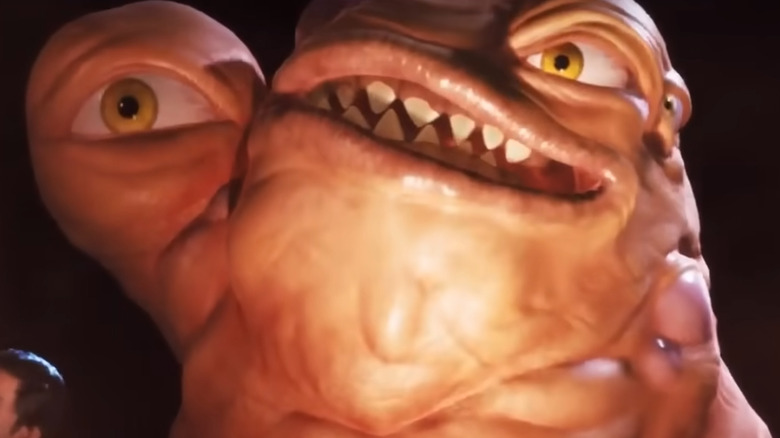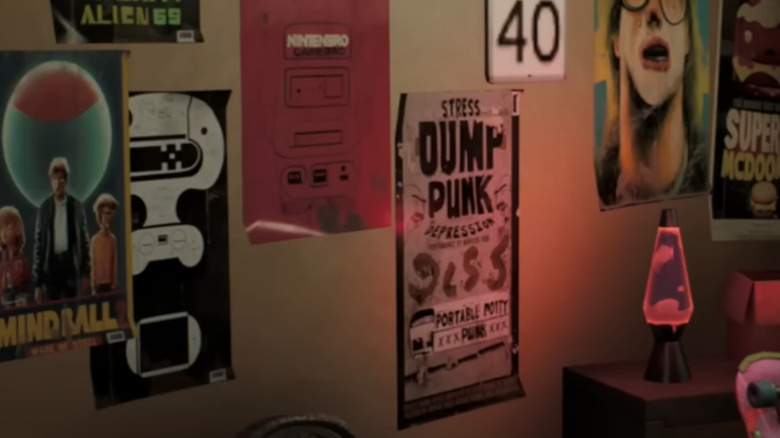High On Life Admits To Using This Controversial Technology
It seems that "High on Life" relies on a certain controversial bit of technology to realize its psychedelic vision. "Rick and Morty" creator Justin Roiland's latest crack at developing a game proved to have quite the contentious launch. Elements of "High on Life" had critics divided by a wide margin, and even fans found themselves split on certain choices, such as the game's viral dig at video game critics. Despite these hitches, the game has still managed to garner a relatively warm reception from players, with the user score for the game sitting at a solid 7.8 on Metacritic.
But while "High on Life" has managed to rise above its early controversies, it seems that the shooter-centric game isn't completely out of the woods just yet. In a recent interview, Roiland said that he and "High on Life" developer Squanch Games used a certain piece of ultra-modern technology to assist in developing the title. The technology in question just happens to be the source of another major online controversy that's been afflicting the internet as of late.
High on Life uses AI-generated materials
Justin Roiland told Sky News that the "High on Life" team used artwork generated by artificial intelligence to develop aspects of the game. Notably, framed pictures on the walls of certain environments use images created with Midjourney, an AI software that constructs visuals based on written prompts. While the pictures resemble real-world iconography, they also feature abstract-looking elements typical of AI-created works. "It makes the world feel like a strange alternate universe of our world," Roiland said.
AI artwork has been a hot topic over the past few months, with much debate surrounding its ethical validity. Controversy primarily stems from the fact that AI software often functions by referencing and replicating real art pieces without the original artists' consent (via Ars Technica). The backlash has been so extreme that a bevy of internet artists managed to stage a mass protest of AI art (via Vice).
For Roiland, however, AI was beneficial in seeing the vision for his new game through. Early "High on Life" character voices were also prototyped with the technology, and one minor character's AI voice is even in the final build, though the team hasn't revealed whom. "I don't know what the future holds, but AI is going to be a tool that has the potential to make content creation incredibly accessible," Roiland told Sky News. "I don't know how many years away we are, but all you will need to be is somebody with some big ideas."


